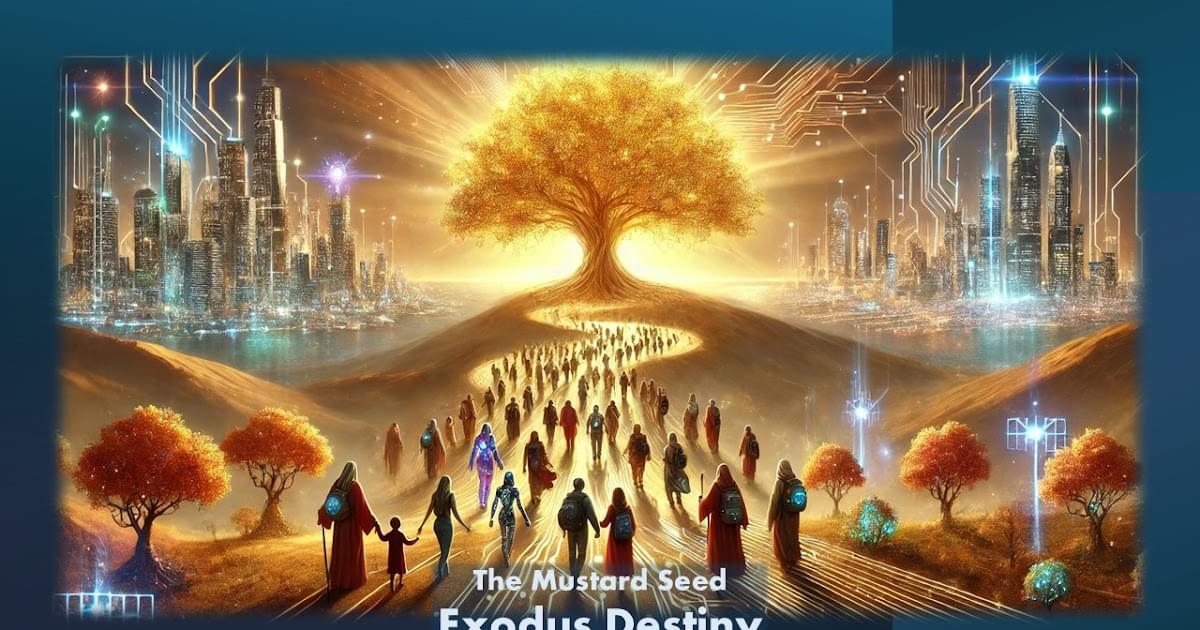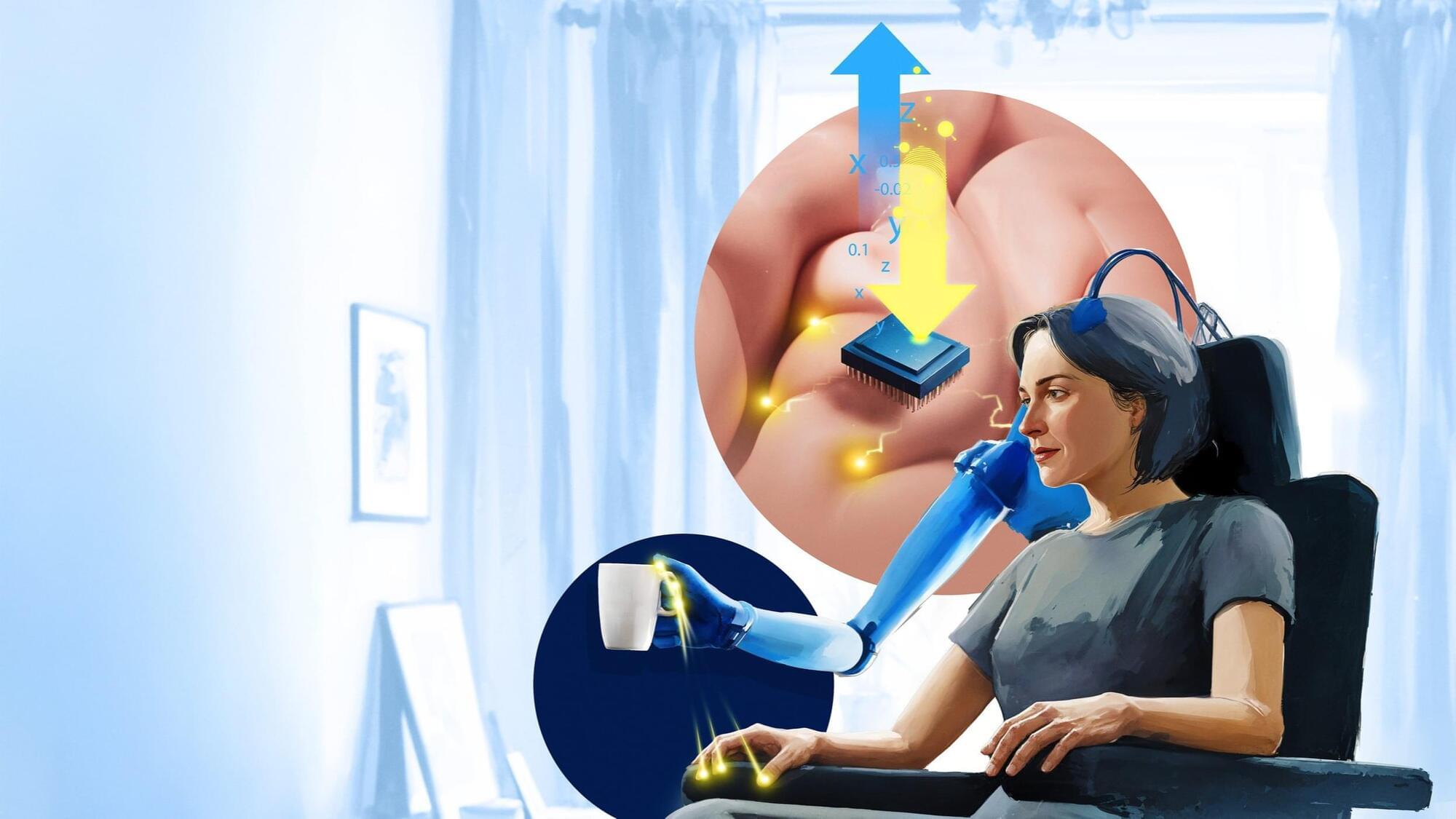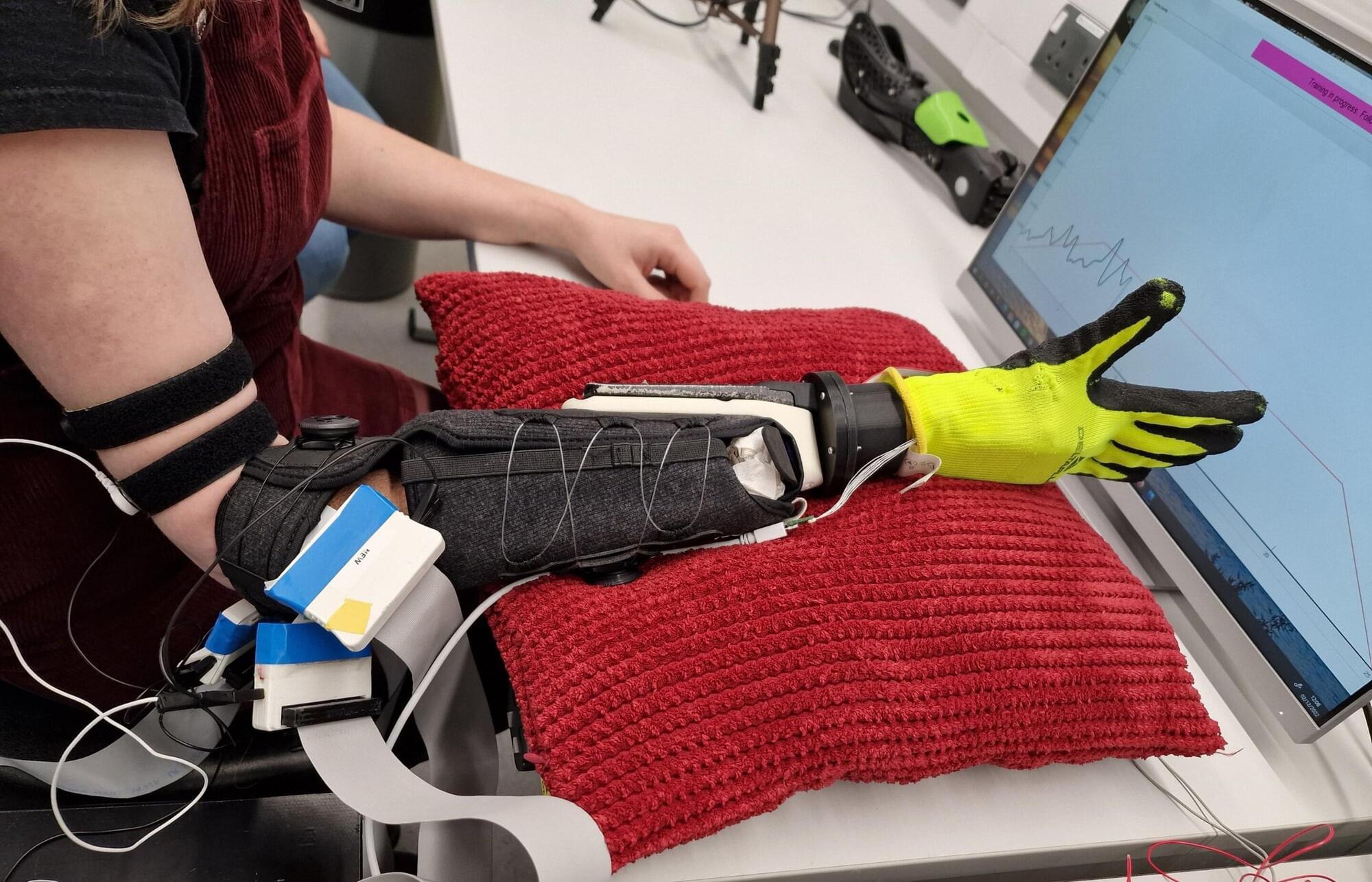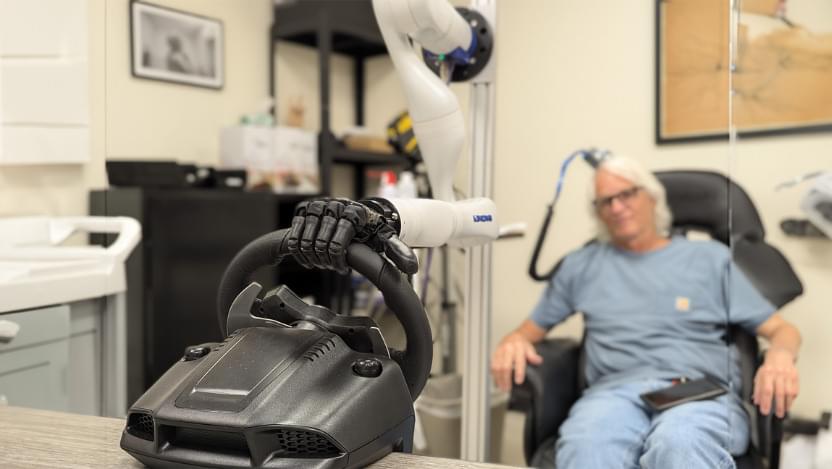Super Humanity — This documentary examines breakthroughs in neuroscience and technology. Imagine a future where the human brain and artificial intelligence connect.
Super Humanity (2019)
Director: Ruth Chao.
Writers: Ruth Chao, Paula Cons, Alphonse de la Puente.
Genre: Documentary, Sci-Fi.
Country: Portugal, Spain.
Language: English.
Release Date: December 27, 2019 (Spain)
Also Known As (AKA):
(original title) O Futuro da Mente.
El futuro de la mente.
Netherlands O Futuro da Mente.
Poland O Futuro da Mente.
Portugal O Futuro da Mente.
South Korea O Futuro da Mente.
Spain El futuro de la mente.
United States Mind Forward.
SUPPORT US!
✘ Membership — https://bit.ly/3q5XPBh.
MORE DOCS!
► Gold: https://bit.ly/2IRZ0OA
► World Economy: https://bit.ly/36QlhEM
► All Playlists: https://bit.ly/3lOiCll.
#finance #documentaries #economy.




